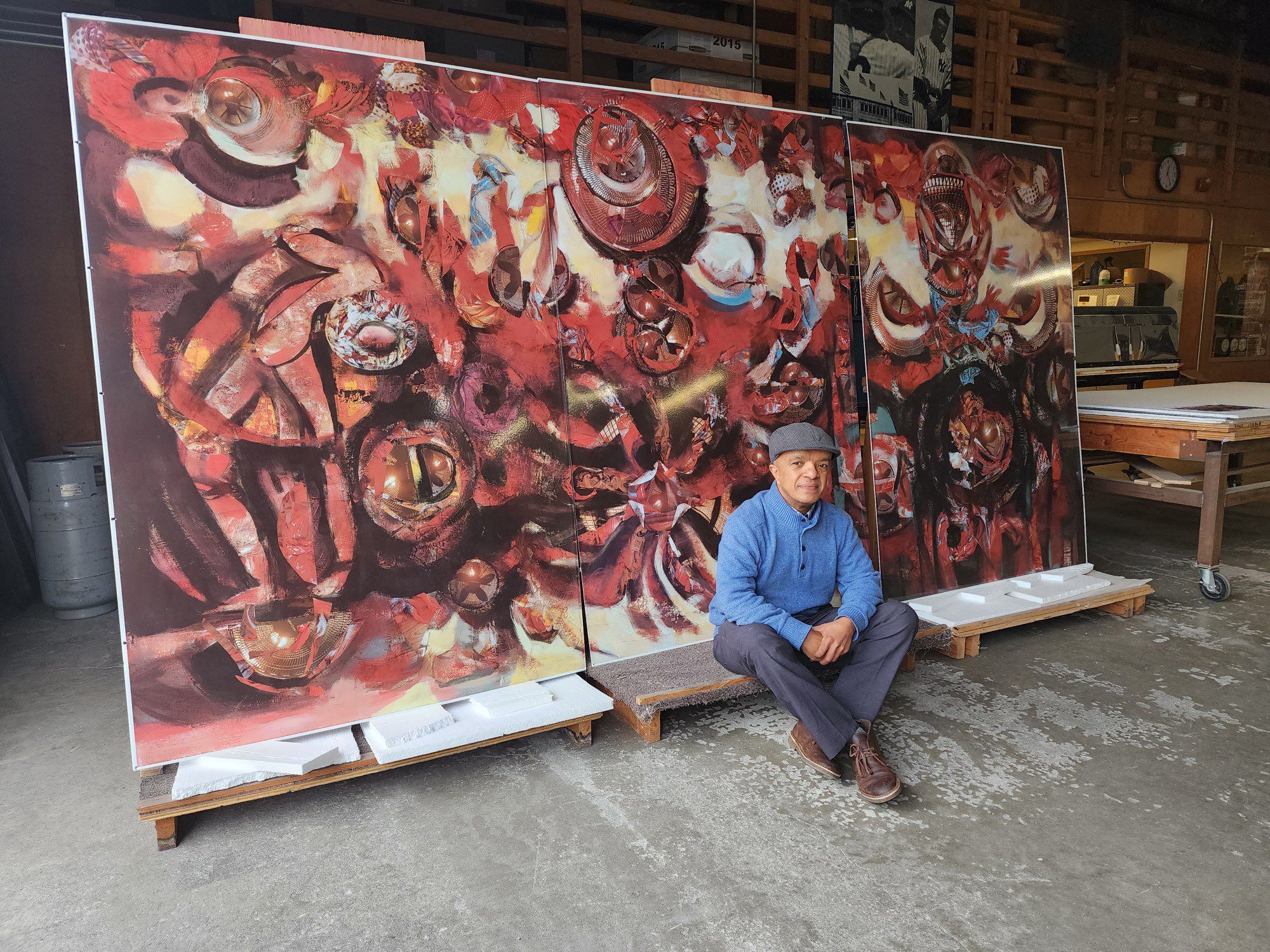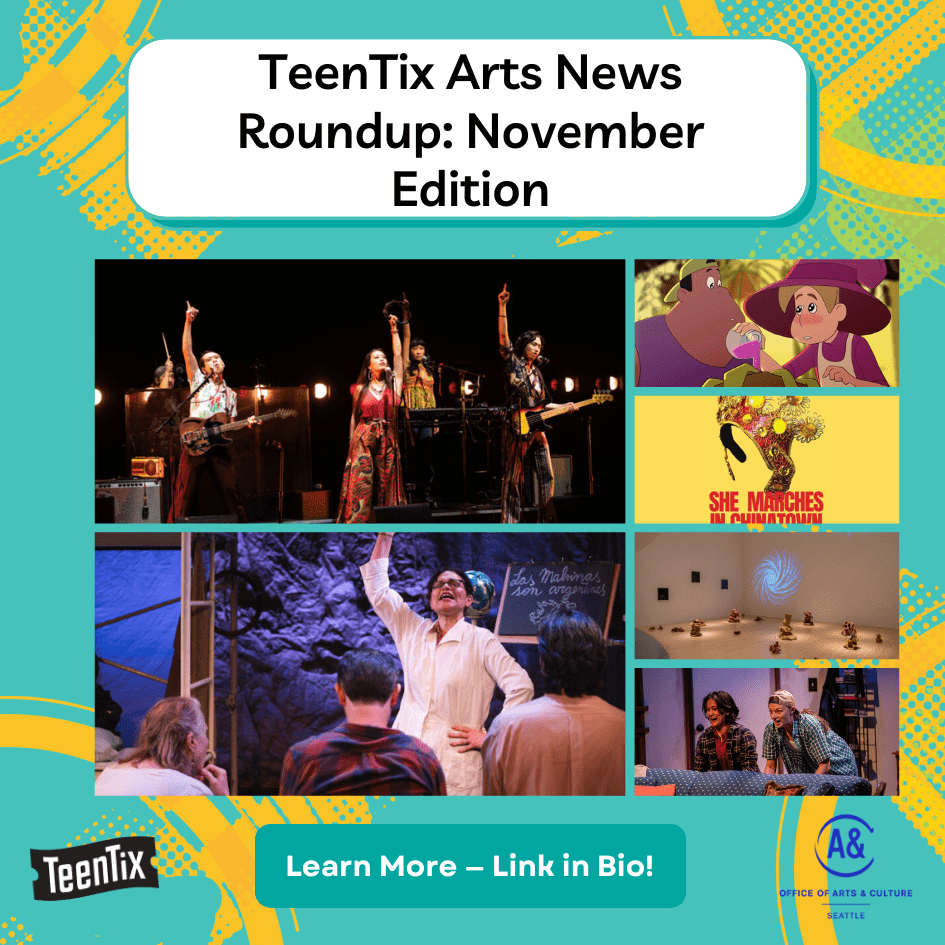
[On Monday, August 18, our Office and the Seattle Repertory Theatre, in partnership with 4Culture and the Office for Civil Rights, presented Artistic Freedom & Artistic Responsibility, a forum to address art, race and cultural representation, which attracted 350 people. You can watch a video of the event here. The following represents the thoughts of event curator, Kathy Hsieh, cultural partnerships and funding manager at the Office of Arts & Culture, following the event.]
 The forum was designed to give a glimpse at what some of the impacts are when different cultural groups are represented in ways that are stereotypical, not authentic or even completely invisible, and practical suggestions for how to be more inclusive in the work that we do. While potentially divisive, “The Mikado” controversy became an opportunity for our community to learn from one another. We wanted to create a safe space where a diversity of views could be shared, to inspire more people to get a little less uncomfortable with doing the work of dismantling racism. We chose to make the focus of the Artistic Freedom & Artistic Responsibility forum broader than just a single production because it’s the underlying politics of why the controversy happened that need to be addressed. It’s not just one show or one company or one incident that’s at issue. It’s far broader, deeper and more pervasive than that, as we can see playing out in different ways all over the country.
The forum was designed to give a glimpse at what some of the impacts are when different cultural groups are represented in ways that are stereotypical, not authentic or even completely invisible, and practical suggestions for how to be more inclusive in the work that we do. While potentially divisive, “The Mikado” controversy became an opportunity for our community to learn from one another. We wanted to create a safe space where a diversity of views could be shared, to inspire more people to get a little less uncomfortable with doing the work of dismantling racism. We chose to make the focus of the Artistic Freedom & Artistic Responsibility forum broader than just a single production because it’s the underlying politics of why the controversy happened that need to be addressed. It’s not just one show or one company or one incident that’s at issue. It’s far broader, deeper and more pervasive than that, as we can see playing out in different ways all over the country.
Huge thanks to everyone wh o worked to make the forum happen and for all who took the time to attend or view the live-stream video. Most importantly, we’re so thrilled at the after-response. People have been signing up for trainings, supporting events that feature greater diversity, blogging, organizing follow-up events, asking for advice, and most importantly talking with each other and via social media about next steps for creating change around how race is represented in the arts. And the thing that excites me the most? The diversity of the people who have been doing all of the above. Because sometimes people attend these things and feel that just by attending they’ve done their share. But this time, I’m seeing a demographic shift in who’s been following up – I’m seeing a lot more non-people of color wanting to know what they can do next.
o worked to make the forum happen and for all who took the time to attend or view the live-stream video. Most importantly, we’re so thrilled at the after-response. People have been signing up for trainings, supporting events that feature greater diversity, blogging, organizing follow-up events, asking for advice, and most importantly talking with each other and via social media about next steps for creating change around how race is represented in the arts. And the thing that excites me the most? The diversity of the people who have been doing all of the above. Because sometimes people attend these things and feel that just by attending they’ve done their share. But this time, I’m seeing a demographic shift in who’s been following up – I’m seeing a lot more non-people of color wanting to know what they can do next.
So what can we do to ensure th at change does happen? Take a moment to understand why. Most arts and cultural organizations want more people attending and participating in the work we do. Many would love to reach a greater diversity of people. But in order for others to want to come to us, we have to be truly welcoming and inclusive. And in order to come across that way, we have to look internally first. How do we come across to the people we want to attract? Who is reflected in the work we do, in our programming, on our staff and board, and with the artists we use? If people don’t see themselves represented, they’re not going to feel welcome.
at change does happen? Take a moment to understand why. Most arts and cultural organizations want more people attending and participating in the work we do. Many would love to reach a greater diversity of people. But in order for others to want to come to us, we have to be truly welcoming and inclusive. And in order to come across that way, we have to look internally first. How do we come across to the people we want to attract? Who is reflected in the work we do, in our programming, on our staff and board, and with the artists we use? If people don’t see themselves represented, they’re not going to feel welcome.
- Accept that it may feel uncomfortable. This work isn’t easy. And it will take time.
- Ask and listen. It’s okay to ask for help, but be willing to listen with the goal of understanding where the other person is coming from.
- Sign up for training. These are also great opportunities to connect with others working through similar issues.
- Make time to talk with staff at all levels, with your board, with your artists, with your audience – to get their ideas on how to be more inclusive and why it’s important to do so.
- Commit to making the changes necessary.
Now let’s all work together to carry this momentum forward. Here are some opportunities and resources to start doing just exactly that.
http://www.seattle.gov/arts/aboutus/rsji.asp
– Kathy Hsieh
Photos by Jenny Crooks



